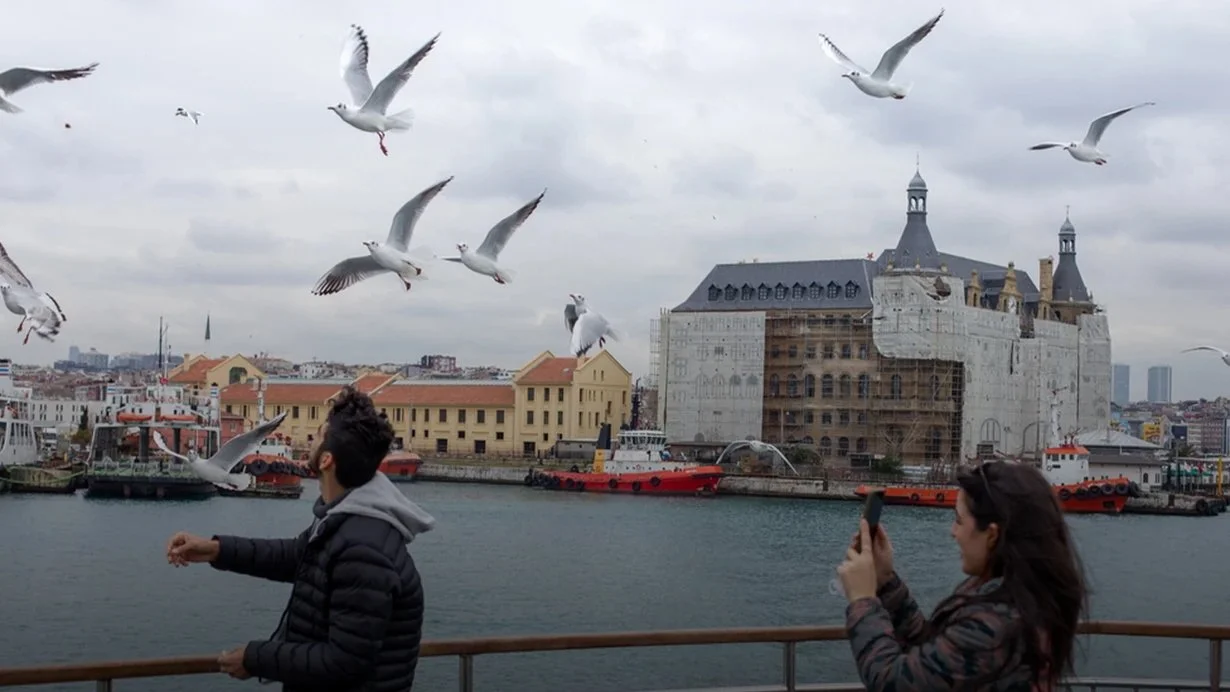Ferries - Slice of Predictability in a City of Surprises
Before bridges and tunnels, city ferries set Istanbul’s pace. Ferries in Istanbul function as social infrastructures — they slow the city’s rush and shape its rhythm. For centuries, the waters have guided how the city connects its communities. They create a mobile commons where urban life is negotiated, and where people connect as part of a larger civic space.
A Floating Legacy on the Waves (Since 1851)
The company now known as Şehir Hatları began in 1851 as Şirket‑i Hayriye, uniting Ottoman-era Bosphorus and Golden Horn lines. Until the first bridge was built in 1973, ferries were the only public link between Asia and Europe — and today still carry over 40 million passengers annually.
Once All You Feared Was Missing the 8:15 Ferry
Catching the 15:20 ferry always felt like a small triumph —proof that even in a city full of rush and hassle, you could find your own slice of calm. A ferry journey is more than a commute. It’s a pause in the rush — an urban intermission where time stretches, and passengers find themselves in a shared “slow”. That half-hour becomes a floating refuge where the city exhales.
Constant Serendipity on Deck
Ferry rides are cultural stages: seagulls darting for simit, musicians in lower saloons, creative sellers like Burhan Demircan suddenly appear, stories of missed connections as miles and memories of rolling wakes. They make every crossing so much more than transit. Each journey feels like a travelling bazaar where daily life and street culture meet.
Istanbul’s Liquid Corridors
Key lines—Kadıköy–Karaköy–Eminönü, Üsküdar–Beşiktaş, the Princess Islands—connect neighbourhoods but also social worlds. Iskeles (piers) have served as local meeting points long before mobile phones existed — places where commuters, students, elders, vendors and seagulls intersect.
Floating Gardens: Names That Echo
Paşabahçe, Dolmabahçe, and Fenerbahçe — three iconic ferries whose names end with “bahçe - garden”, known as the “Garden Class,” ferries. They were larger and more elegant than others. Just like Barış Manço, Moda, Beykoz —every ferry carries its own share of Istanbul’s collective memory.
Literal Muse
Ferry journeys — despite the cold weather or choppy waters — offer a unique moment of solitude, often well deserved and much needed!
Cemal Süreya once wrote:
“Sesinde ne var biliyor musun? Söylemediğin sözcükler var…
Küçücük şeyler belki, Ama günün bu saatinde
Anıt gibi dururlar.”
Honouring the Collective Time & Labour
Ferries keep Istanbul’s pace steady, but more than that they remind us to honour collective time: the commute as ritual, the crossing as memory. Shipyards like Tersane-i Amire — founded in 1455 by Mehmed II and now known as Haliç Tersaneleri — are the world’s oldest continuously operating shipyards. And it is the shipyard workers, with their skill and resilience, who keep this legacy afloat, a reminder that every ferry is also a tribute to the hands that built it. We claim the right to slow down, to live layers of urban life — to stand with our city at our own pace.
#scrollslowtuesday







